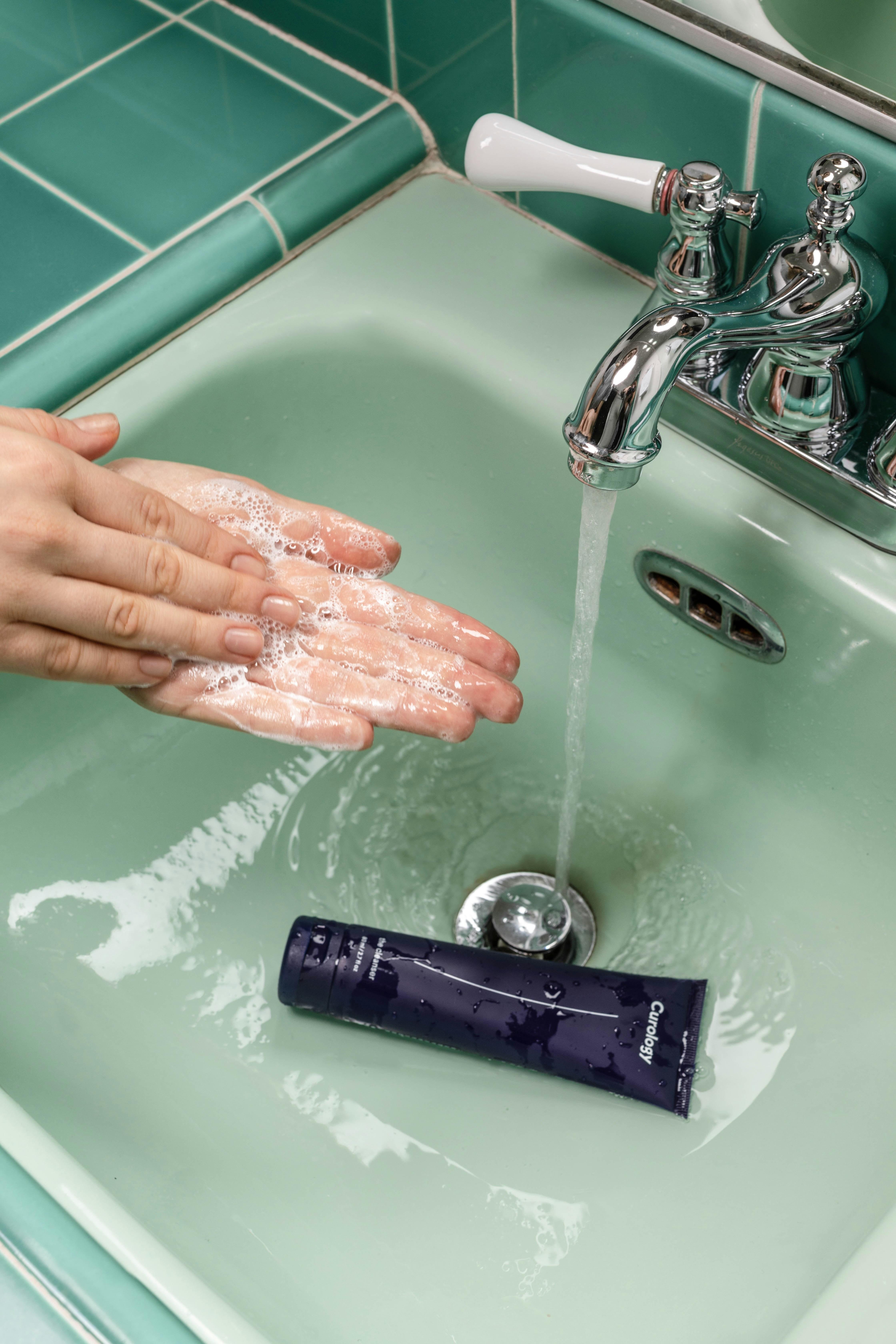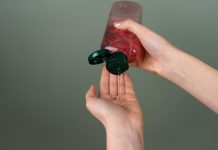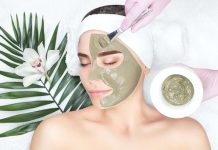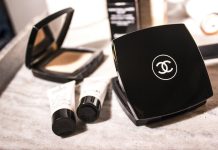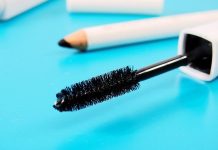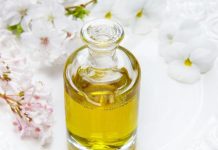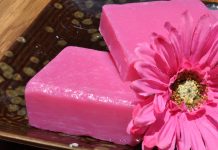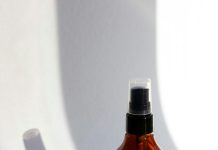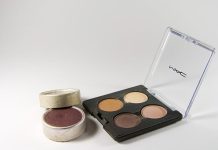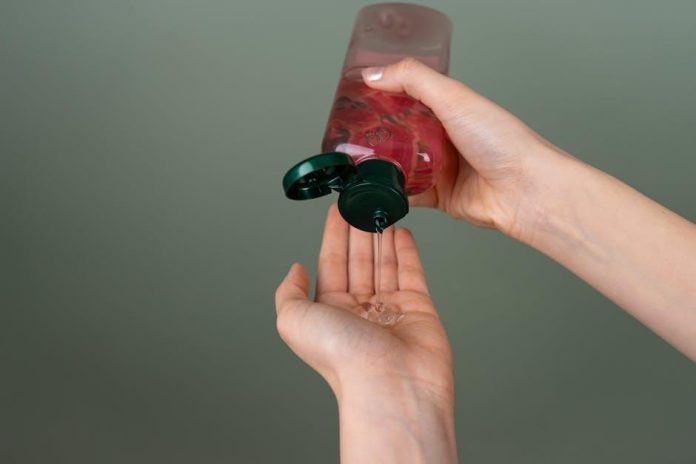In the intricate tapestry of human skin, each complexion tells a unique story. For those whose cheeks flush with the telltale signs of rosacea or persistent redness, this story can often be one of frustration and self-consciousness. Yet, beneath the surface, lies a canvas yearning for gentle care and understanding. In this article, we delve into the art and science of skincare tailored specifically for those navigating the delicate dance with rosacea or redness. Discover the best tips, tricks, and treatments to soothe, nurture, and celebrate your skin’s natural beauty, as we embark on a journey towards a calmer, more radiant complexion.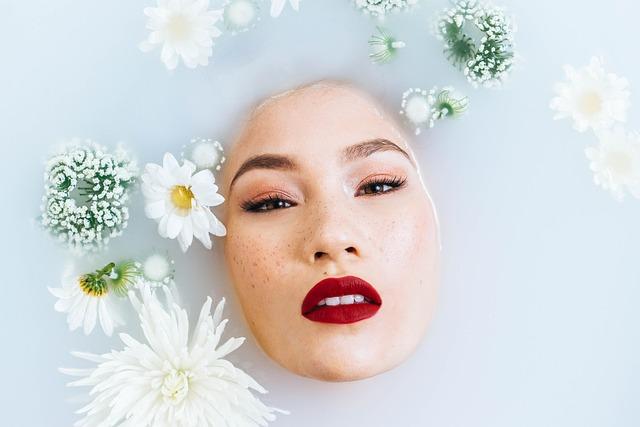
Identifying Your Triggers: Key to Managing Rosacea
Understanding what triggers your rosacea flare-ups is essential for effective management. Common culprits include environmental factors, certain foods, and even emotional stress. By identifying these triggers, you can take proactive steps to avoid them, thus reducing the frequency and severity of flare-ups. Here are some potential triggers to be mindful of:
- Weather: Extreme temperatures, whether hot or cold, can exacerbate rosacea symptoms. Try to stay indoors during such conditions and use appropriate skincare products to protect your skin.
- Diet: Spicy foods, alcohol, and hot beverages are known to trigger redness. Keep a food diary to identify any specific items that may cause issues for you.
- Stress: Emotional stress can lead to flare-ups. Practice stress-reducing techniques such as meditation, yoga, or deep-breathing exercises.
By being aware of these triggers, you can tailor your lifestyle and skincare routine to better manage your rosacea, ensuring a calmer, more comfortable complexion.
Gentle Cleansing Rituals for Sensitive Skin
For those with rosacea or redness, finding the right cleansing routine can be a game-changer. Gentle cleansing rituals are essential to soothe and protect sensitive skin. Here are some tips to keep in mind:
- Choose a mild, fragrance-free cleanser: Harsh chemicals and strong fragrances can exacerbate redness and irritation. Opt for products labeled as gentle or designed for sensitive skin.
- Use lukewarm water: Hot water can strip the skin of its natural oils and cause further irritation. Lukewarm water helps maintain the skin’s moisture balance.
- Pat your skin dry: Instead of rubbing your face with a towel, gently pat it dry to avoid unnecessary friction.
- Incorporate hydrating ingredients: Look for cleansers with ingredients like glycerin, hyaluronic acid, or aloe vera to provide extra hydration and soothe the skin.

Moisturizers and Serums: Choosing the Right Products
When dealing with rosacea or redness, selecting the right moisturizers and serums can make a world of difference. Look for products that are specifically formulated for sensitive skin and avoid those with harsh chemicals or fragrances. Key ingredients to look for include:
- Niacinamide: Known for its anti-inflammatory properties, it can help reduce redness and irritation.
- Hyaluronic Acid: A hydrating powerhouse that attracts moisture to the skin, ensuring it stays plump and calm.
- Ceramides: These lipids help restore the skin’s barrier, locking in moisture and protecting against external irritants.
When it comes to serums, opt for those that are lightweight and free of alcohol, which can exacerbate redness. Vitamin C serums can be beneficial, but choose formulations with a lower concentration to avoid potential irritation. Always patch-test new products and introduce them slowly into your routine to monitor how your skin reacts.
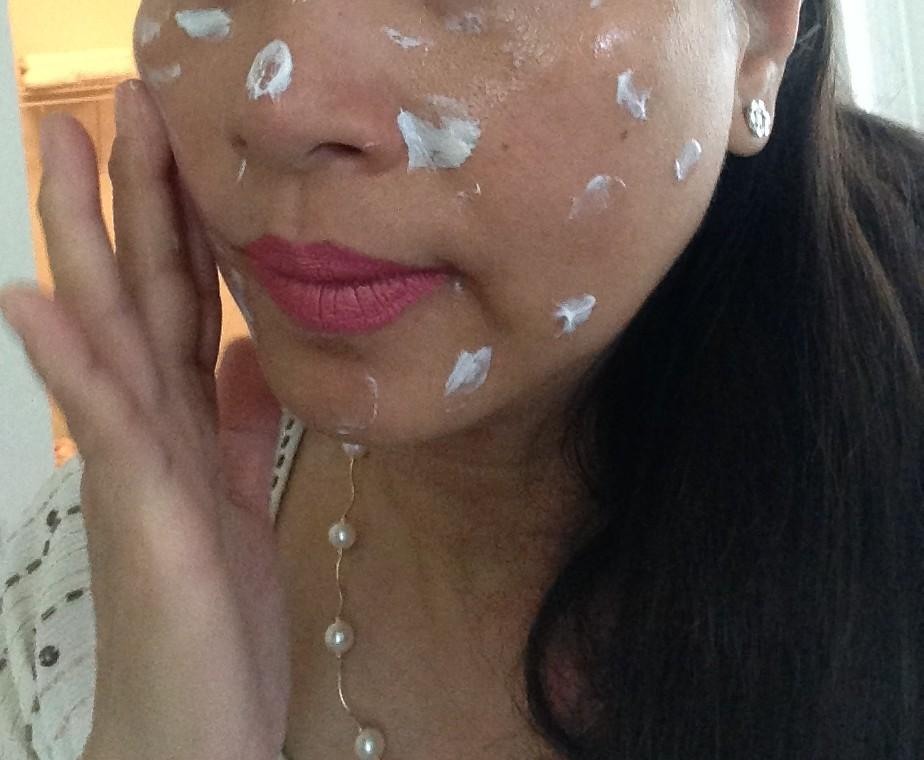
Sun Protection Strategies for Rosacea-Prone Skin
When it comes to protecting rosacea-prone skin from the sun, being diligent and strategic is key. Physical sunscreens containing zinc oxide or titanium dioxide are often the best choice, as they sit on top of the skin and reflect UV rays rather than absorbing them. These ingredients are less likely to irritate sensitive skin compared to chemical sunscreens.
In addition to choosing the right sunscreen, consider these protective measures:
- Wear wide-brimmed hats to shield your face from direct sunlight.
- Seek shade whenever possible, especially during peak sun hours between 10 AM and 4 PM.
- Opt for UV-protective clothing to cover sensitive areas of the body.
- Use sunglasses with UV protection to safeguard the delicate skin around your eyes.
Implementing these strategies can help keep your skin calm and reduce the risk of rosacea flare-ups triggered by sun exposure.
